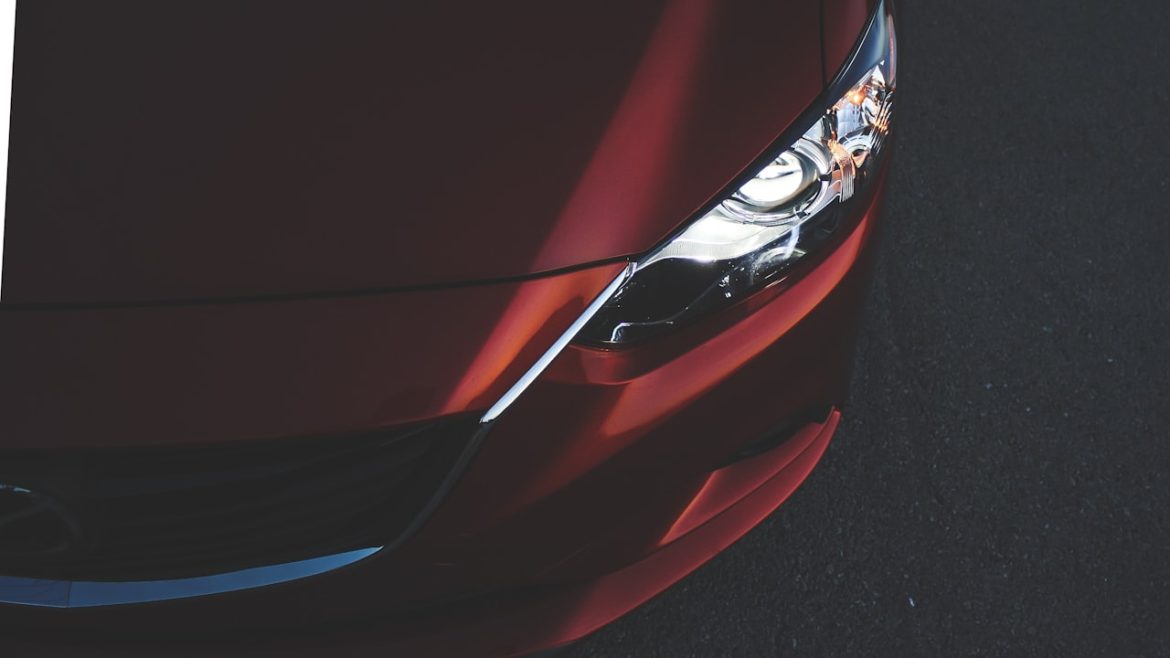Buckle up because we are going to delve into the realm of A-Premium turn signal switch, those unsung heroes in the steering column of your car that keep you safe while driving. Get ready to master the turn signal switch because we’re here to explain it in simple terms!
Now, picture yourself as a driver who needs to make a turn as you’re traveling down the road. You know you can’t just magically talk to the automobiles behind you. The turn signal switch can help in this situation. It resembles your car extending its hand and signaling, “Hey, I’m turning left (or right)!”
Identifying the Importance of Turn Signal Switches
The Direction Indicator
So what does this switch do in practice? It’s very cool. You move that small lever up or down to change lanes or make a turn. And what’s this? Your car’s turn signal lights—those tiny flashing lights on the front and back—are receiving a covert message from you. They begin blinking, letting other cars know which direction you are traveling. It’s like your car is saying, “I’m making a move, watch out!” in its language.
The Automatic Canceler
But wait, there’s more! Ever wonder why those blink lights don’t keep blinking forever? That’s because the turn signal switch is also a smart cookie. It knows when you’ve completed your turn or straightened the steering wheel after changing lanes. So, after you’ve made your move, it automatically turns off those flashy lights. Talk about being efficient!
Turn Signal Switches Matter
Now, let’s chat about safety. Imagine driving on a busy road, and suddenly a car in front of you starts turning without warning. Yikes, right? That’s where the turn signal switch comes in as your trusty sidekick. By signaling your intentions to other drivers, you’re reducing the chance of unexpected maneuvers and potential accidents. It’s like giving everyone around you a heads-up about your next move.
The DIY Adventure: Taking Charge of Your Turn Signal Switch
Step 1: Zap-Proofing the Scene
Let’s make sure we’re secure and sound before we even consider getting our hands filthy. Safety gear is placed on first, just like a superhero suit. Your first task is to unplug the vehicle’s battery. You won’t experience any unforeseen electric shocks while fiddling this way. Gloves and safety goggles are like your sidekicks in this situation—they’re not just for show!
Step 3: Unlocking the Puzzle Piece
Ever played with a puzzle, finding just the right piece to complete it? That’s what you’re about to do with the old turn signal switch. Equip yourself with a screwdriver or wrench – your trusty tools for the job. Use them to gently remove the old switch, making sure you don’t lose any tiny bits. It’s like unhooking a puzzle piece to make room for the new one.
Step 4: Fitting the Fresh Switch
Here comes the exciting part – welcoming the new switch! Imagine it’s like inviting a new friend to the party. Carefully position the switch where the old one used to be and secure it with screws. But wait – there’s a secret handshake! Don’t forget to reconnect any electrical bits that were unplugged during the switch-out. It’s like plugging in the missing pieces of a puzzle to complete the picture.
Step 3: Wrapping Up in Style
Do you know how you put on your favorite outfit before a big event? Well, your car’s steering wheel deserves the same treatment. Gently place the steering wheel cover back on, making sure it fits like a snug glove. It’s like giving your car a cozy, stylish makeover that’ll turn heads.
Step 5: Power to the Car
Remember that disconnected battery? It’s time to reunite it with the car. Reconnect the battery like you’re giving your car a power-up boost. And now, the grand moment – give your new switch a test run. Activate the turn signals and hazard lights to see if they’re performing their dance as they should.
Conclusion
So this was all about the magic behind those blink lights. Turn signal switches might be small but they play a big role to keep you safe on the road. By using them you can communicate your next move and you can easily ensure a smoother and faster driving experience.
